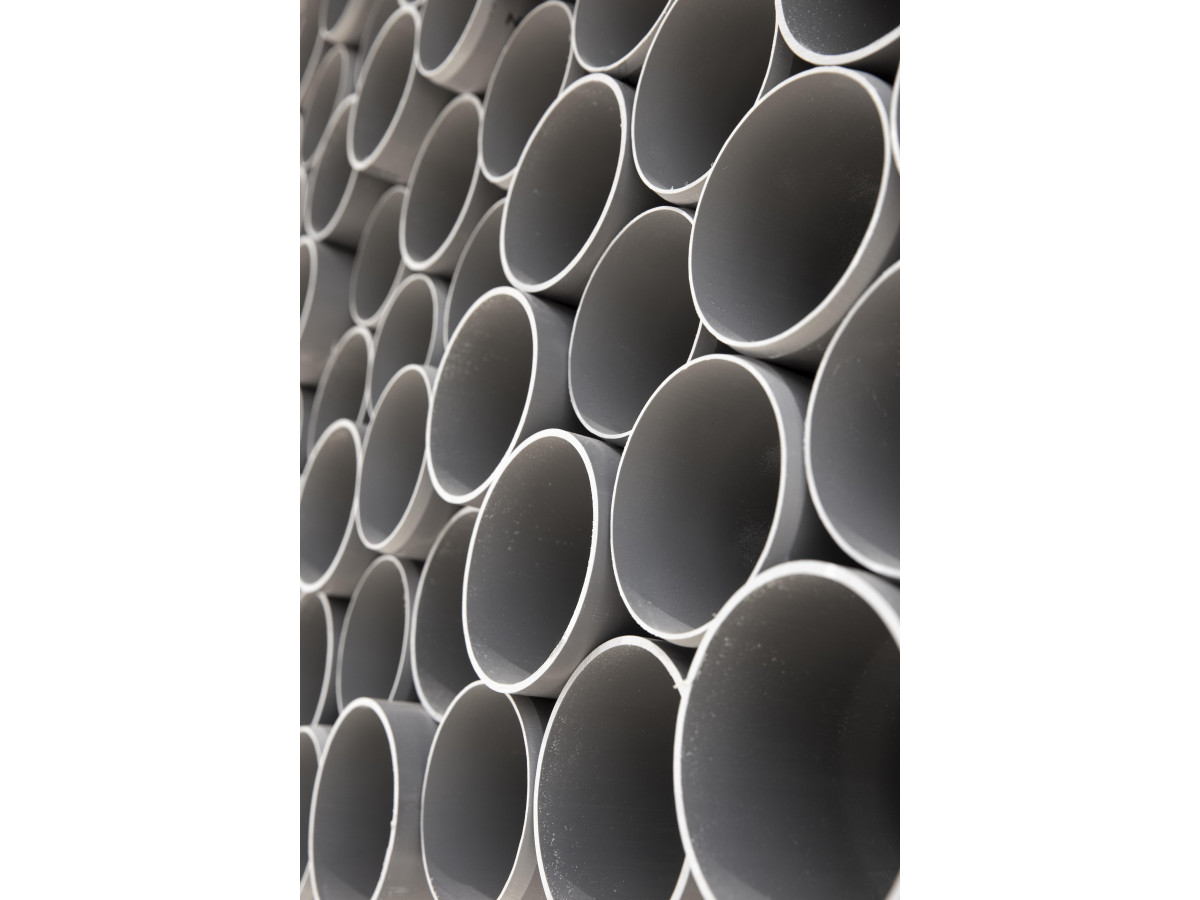Aluminum pipes find wide application in many industries—from construction and furniture manufacturing to aerospace. These structural elements are valued for their unique properties: lightweight, strength, corrosion resistance, and relative ease of processing. However, to fully realize the advantages of aluminum pipes, it is necessary to know how to properly process and assemble them. In this article, we will explore the main technologies and best practices in this field.
Cutting Aluminum Pipes
Cutting is one of the basic processes when working with aluminum pipes. There are several main methods:
- Manual cutting with a saw. This simple and accessible method is suitable for small one-time jobs. It is important to use a saw with fine teeth to avoid deforming the pipe.
- Mechanical cutting. Using band saws, circular saws, or pipe cutting machines ensures a smooth, clean cut even on large diameter pipes. This approach is effective for mass production.
- Oxy-fuel cutting. This method involves melting the metal using a torch. It provides a clean, even cut but requires certain skills and adherence to safety measures.
- Laser cutting. Using a laser beam for precision cutting of aluminum ensures maximum accuracy and quality of the cut. This is a modern solution but also more costly.
The choice of a specific technology depends on the volume of work, quality requirements, availability of equipment, and qualifications of the performers.
Bending Aluminum Pipes
Bending aluminum pipes is an important process that allows for the creation of various shapes and configurations. There are several main bending methods, each with its own characteristics and advantages.
- Manual bending. This method is suitable for small bend radii and is performed using mandrels or specialized pipe benders. Manual bending is simple and accessible but mainly used for creating uncomplicated shapes.
- Bending on machines. Using pipe bending machines ensures high accuracy and allows for the creation of more complex bends. These machines can be manual, mechanical, or computer-controlled, making them particularly effective for mass production.
- Cold bending. This process involves slow and gradual forming of the bend using external force. Cold bending allows for smooth and even curves without wrinkles or dents, which is especially important for the aesthetics and functionality of the products.
- Hot bending. Heating makes aluminum more ductile, significantly facilitating the formation of complex and sharp bends. However, this method requires specialized equipment and adherence to safety measures.
The choice of a specific bending method depends on the desired shape, pipe diameter, alloy grade, and other factors. The correct approach will ensure a quality result and meet product requirements.
Welding Aluminum Pipes
Welding aluminum pipes is a crucial stage in creating reliable and durable structures. Due to its unique properties, aluminum is widely used in various industries. However, welding this metal has its peculiarities that require a professional approach.
Let's look at the main methods of welding aluminum and their applications:
- TIG Welding (Tungsten Inert Gas). This method is considered one of the most qualitative and is used for welding thin-walled pipes and structures where high aesthetic quality of the weld is required. TIG welding provides deep penetration and minimal distortion of the metal but requires a high level of skill from the welder.
- MIG Welding (Metal Inert Gas). A more productive and easier-to-master method suitable for welding medium and large diameter pipes. MIG welding is characterized by high welding speed and minimal preparation for the process.
- Contact Seam Welding. Used for connecting pipes end-to-end without filler material. This method is highly effective for mass production of similar structures and ensures high joint strength.
- Explosion Welding. An innovative method that allows for joining pipes made from difficult-to-weld aluminum alloys. Explosion welding provides high joint strength and is used when other methods are ineffective.
The choice of a specific welding method depends on wall thickness, pipe diameter, alloy grade, and other factors.
In conclusion, it is worth noting that processing and assembling aluminum pipes is a complex process that requires specific knowledge and skills. The correct approach to these operations allows for the full realization of aluminum's advantages and the creation of reliable, durable, and aesthetically pleasing structures. I hope this article will be useful for anyone working with or planning to work with aluminum pipes.

